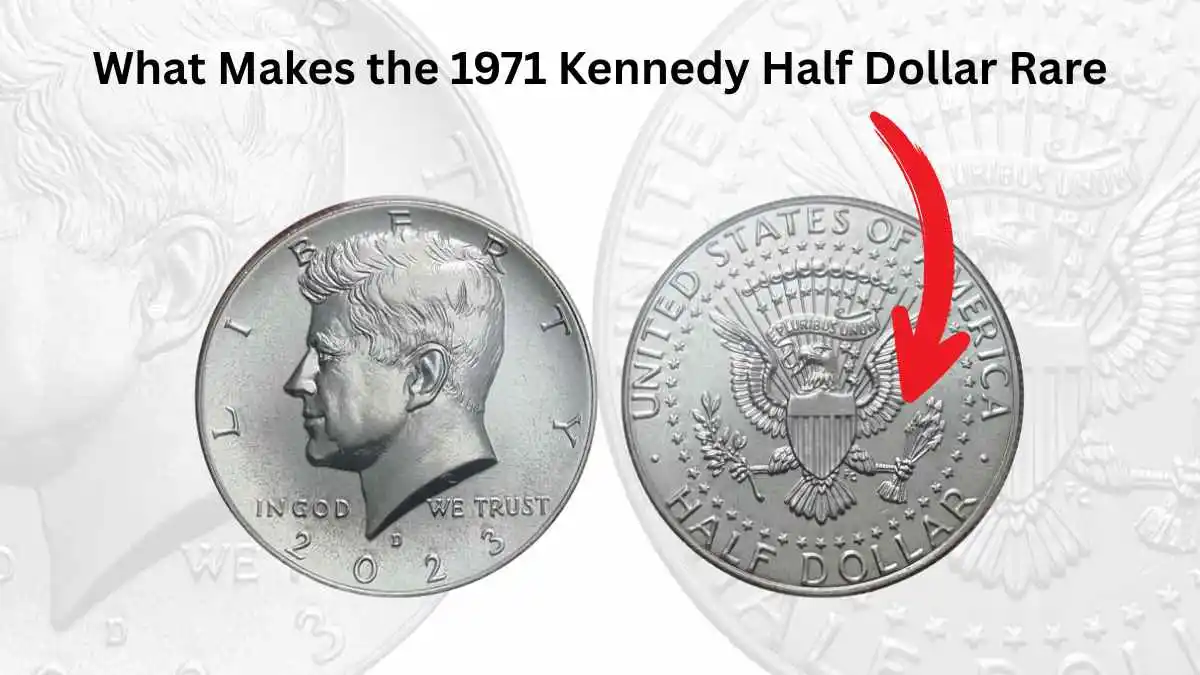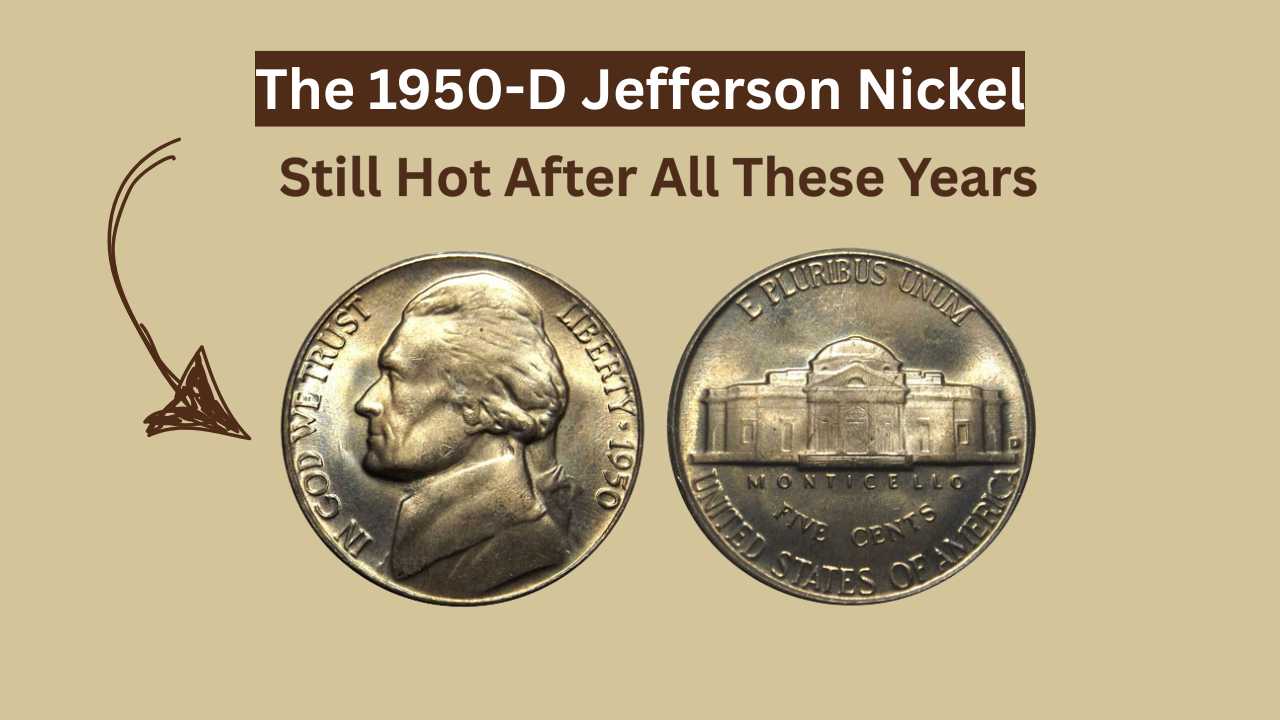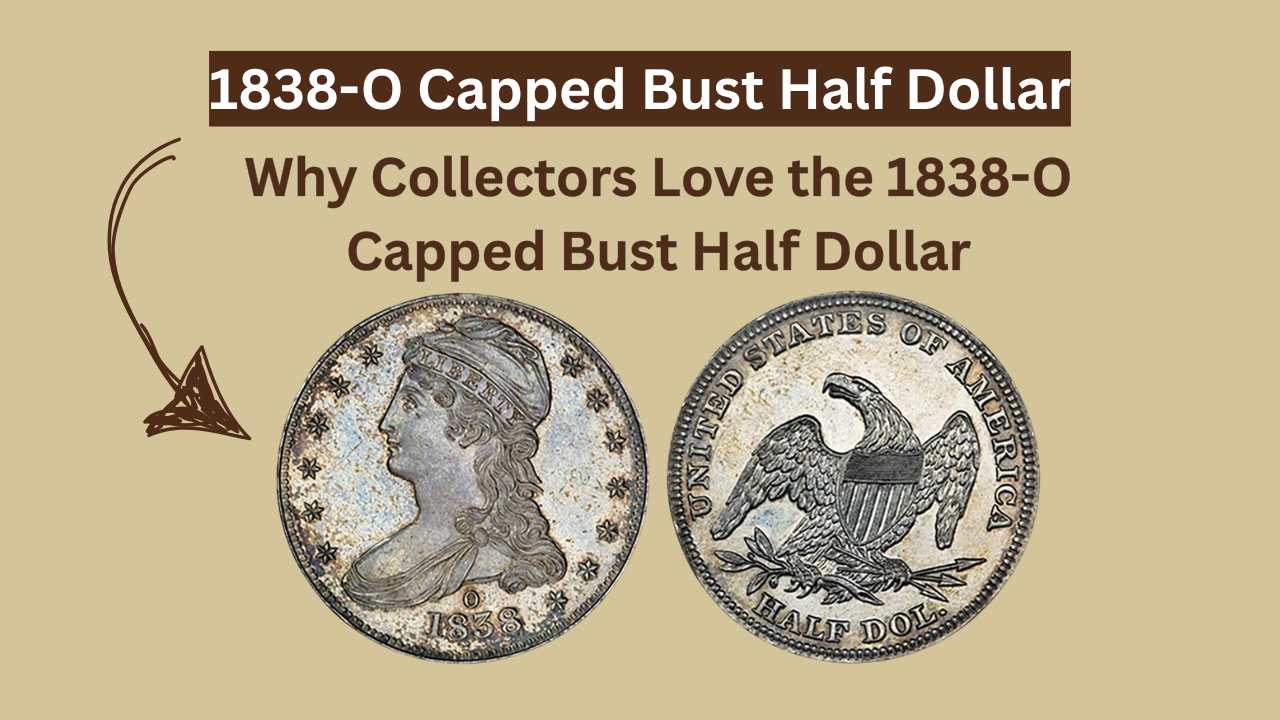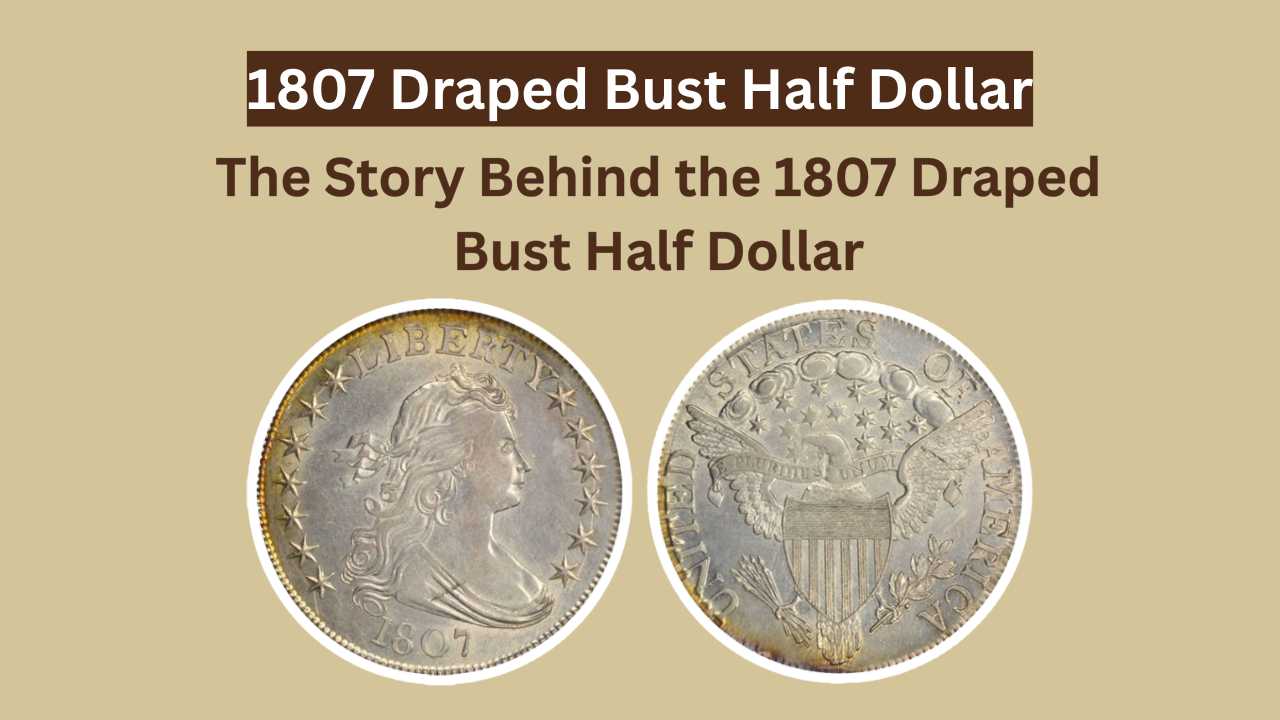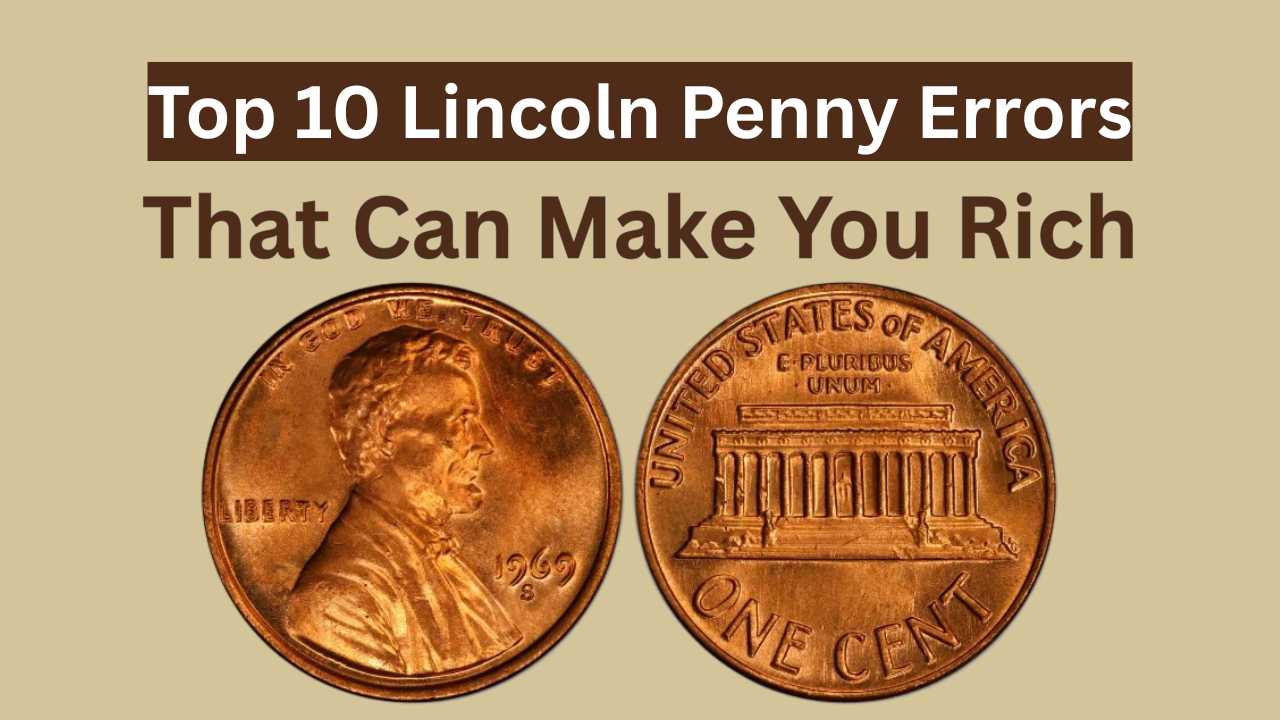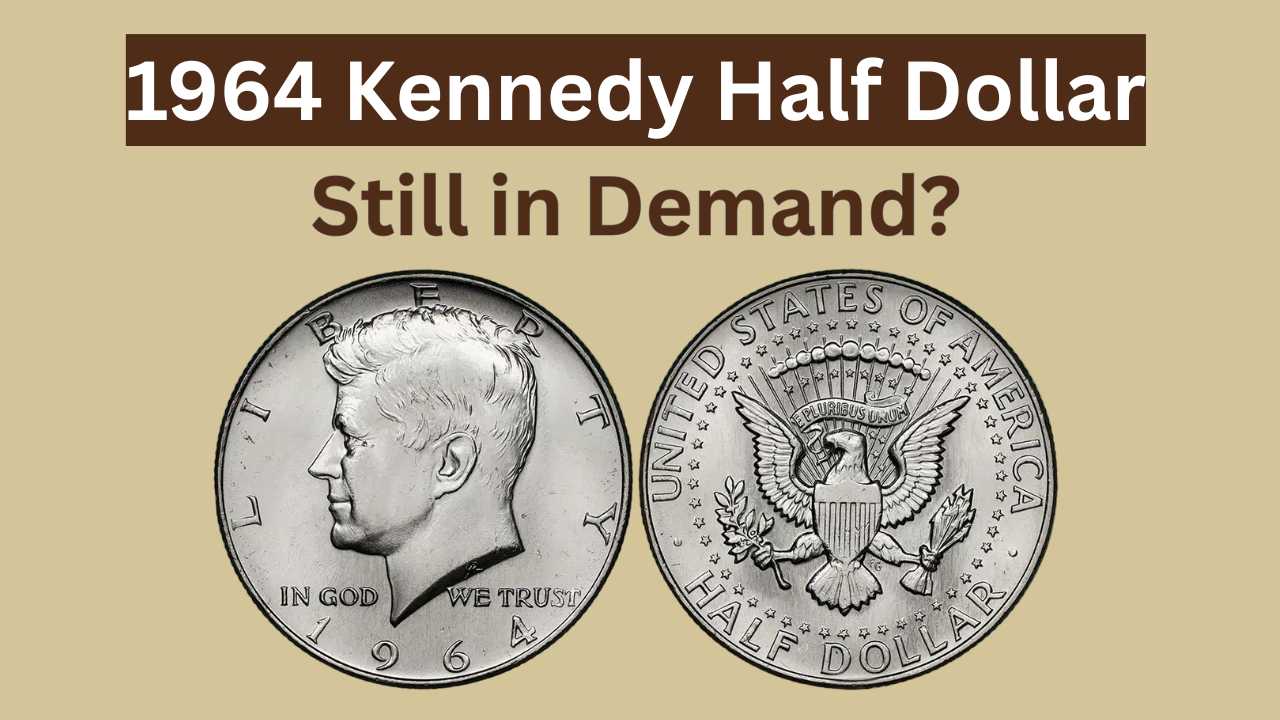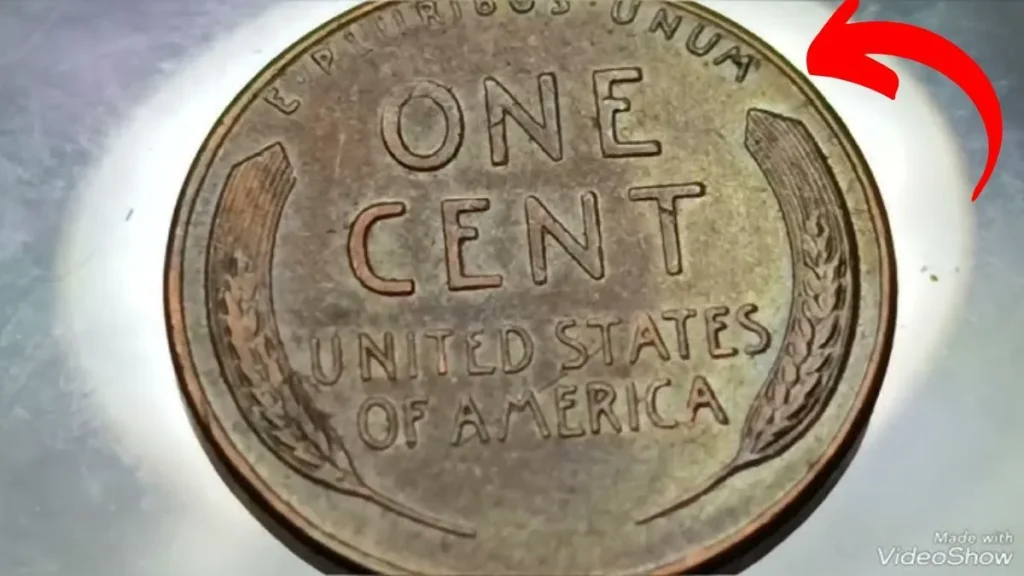
Imagine grabbing a penny from your old change jar and finding out it’s worth thousands. Sounds unbelievable, right? But for some lucky people, this dream has come true—all thanks to a small coin called the Lincoln Wheat Penny.
Some of these copper coins have sold for up to $230,000 at auctions. And they weren’t hidden away in fancy collections—people found them in random places like jars, family coin boxes, or even in everyday pocket change.
So, what makes a 1-cent coin worth more than a brand-new car? Let’s take a closer look at why this classic American penny is catching everyone’s attention.
A Penny with a Powerful Past
Back in 1909, the U.S. Mint made history by putting a real person on a circulating coin for the first time. That person was none other than Abraham Lincoln, honored on the 100th anniversary of his birth.
The coin’s design was created by artist Victor David Brenner, who sculpted a strong side profile of Lincoln on the front. On the back, two wheat stalks framed the words “ONE CENT,” giving it a clean but meaningful look that connected with people across the country.
This original Wheat Penny design stayed in use until 1958, making it one of the longest-running and most loved coin series in American history.
A Wartime Mistake That Turned Into a Fortune
In 1943, during the heart of World War II, the U.S. Mint stopped using copper for pennies because the metal was needed for the war effort. Instead, they used zinc-coated steel to make that year’s coins.
But something unexpected happened.
A few copper blanks from 1942 were accidentally left in the machines. These got stamped with the 1943 design, creating a super rare batch of 1943 bronze Wheat Pennies—coins that were never supposed to be made.
Today, these mistake coins are incredibly valuable. Only a few are known to exist, and if you find one in great condition, it could be worth over $230,000.
Why Some Lincoln Wheat Pennies Are Worth Thousands
What makes an old penny so valuable? A few big reasons:
Rarity: The harder it is to find, the more collectors want it.
History: These coins tell real stories—from wartime shortages to Mint mistakes.
Condition: A penny with its original shine and almost no wear can be worth 10x more.
Mint Errors: When the U.S. Mint slips up—like using the wrong metal—it turns ordinary coins into collector treasures.
Some other famous examples? The 1909-S VDB and 1914-D Wheat Pennies. Both are rare and can sell for thousands of dollars today.
How to Know If Your Penny Is Worth Big Money
Got a handful of old pennies? One might be a hidden gem. Here’s how to check:
✅ Start with the date: Look out for 1909-S VDB, 1914-D, 1922 no mint mark, and especially 1943.
✅ Do a magnet test: If your 1943 penny doesn’t stick to a magnet, it could be the rare bronze version.
✅ Weigh it: Use a digital scale. Copper = ~3.11g, steel = ~2.7g. That tiny difference could mean thousands.
✅ Check the mint mark: Found below the date. “S” = San Francisco, “D” = Denver, and no mark = Philadelphia.
✅ Look at the condition: Even common coins in mint state (MS) condition can sell for hundreds—or more.
Still Circulating: The Hidden Treasure in Your Change
Here’s the wild part—rare Lincoln Wheat Pennies are still out there. Some are hiding in forgotten piggy banks, old jars, or even circulating in everyday change.
That’s the magic of coin collecting—you never know when a $230,000 penny might show up in your pocket. Whether you’re a seasoned numismatist or just casually checking coins, every coin could be your lucky break.
What to Do If You Find a Rare Lincoln Wheat Penny
First rule—don’t clean it! Even gentle cleaning can leave micro-scratches that destroy the coin’s value.
Instead, follow these smart steps:
✅ Handle it with care – Always use gloves or hold it by the edges to avoid oils and damage.
✅ Protect it – Place the coin in a sleeve or plastic holder to prevent further wear.
✅ Get it authenticated – Contact a trusted grading service like PCGS or NGC. They’ll verify if your penny is the real deal, assign it a grade, and help determine its market value.
A little caution now could mean thousands later.
More Than Just Money: A Piece of American History
Sure, the price tag can be jaw-dropping—but these Lincoln Wheat Pennies are more than just rare collectibles.
They’re tiny time capsules, each one telling a unique story of American life. From the Great Depression to World War II, these coins passed through the hands of everyday people—farmers, soldiers, shopkeepers—each with a story of their own.
A 1943 bronze penny isn’t just a minting mistake—it’s a symbol of resilience, resourcefulness, and a nation adapting under pressure.
Holding one is like holding a piece of history in your palm.
Final Thought: Check Your Change—Seriously
Most Lincoln Wheat Pennies you’ll come across are worth just a few cents—maybe a couple of dollars if they’re in good condition. But once in a while, someone stumbles onto a true hidden treasure… and it all starts with taking a closer look.
So next time you’re digging through your spare change, slow down. That dusty old penny at the bottom of the jar might not just be change—it could be a $230,000 surprise.
Even if it’s not, you’ll walk away with a new appreciation for the incredible stories our coins carry.

